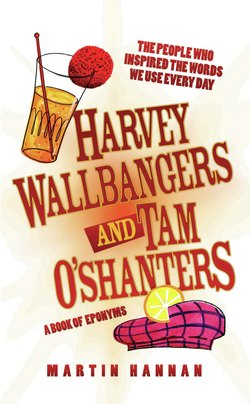Читать книгу Harvey Wallbangers and Tam O'Shanters - Martin Hannan - Страница 13
На сайте Литреса книга снята с продажи.
BAROQUE
ОглавлениеThe trouble with history is that it is written by historians, sometimes long after events have taken place. People lose context, and fail to understand why something happened; for instance, why a word was coined at the time.
‘Baroque’ is usually taken to derive from a Portuguese word ‘barocco’ which supposedly meant a misshapen pearl. The connection was presumably because Baroque Christian art was so gross and over the top – out of proportion – in response to the Reformation. The Italian for Baroque is indeed ‘barocco’.
There is an alternative derivation. Federico Barocci (1526–1612) is curiously not bracketed with the very greatest of Italian artists, but it is often forgotten that his prolific work was hugely influential in the late 16th and early 17th centuries. There is a noticeable difference between his early work and his later output, after he had become a lay monk and eagerly embraced the Roman Church’s struggle against the forces of the Protestant Reformation. From being an almost mainstream Renaissance artist, he became a purveyor of massively colourful art and a master painter at that period in Italy, especially Rome, which is the acknowledged forerunner of Baroque. Peter Paul Rubens was just one of the many artists influenced by Barocci.
The point is that Barocci was not his real name. He was born Federico Fiori da Urbino and was given the nickname Il Barocco, a two-wheeled cart drawn by oxen – why, we do not know – from which came Barocci. Given his fame at the start of the period we now call Baroque, is it not more likely that those he influenced acknowledged the inspiration of Il Barocco?
